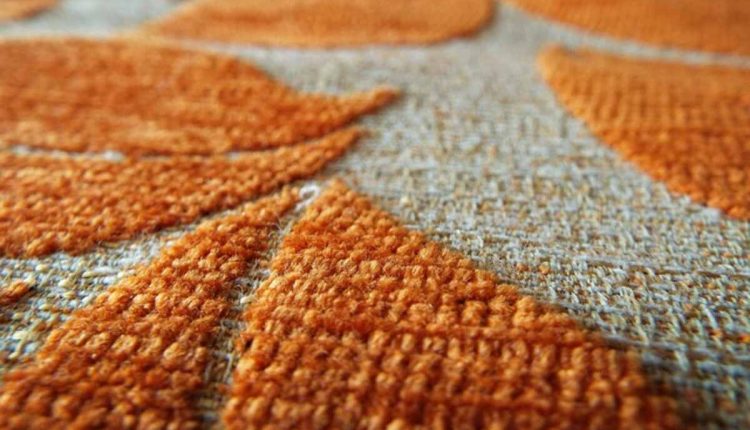The Necessary Equipment for Laying Carpet
Many homeowners install carpeting themselves to save money rather than hire a professional. You may save a lot of money on a new carpet by installing it yourself. This is true whether you enjoy weekend DIY projects or seek to save money. However, if you’re only carpeting one area, getting all the equipment you’ll need can be a pain. You may rent tools from many flooring stores, and you can usually get good deals on tools from hardware stores. You can start purchasing the necessary tools once you have a strategy. If you want to save money on professional carpet installation, you can get the task done yourself with the help of the following items.
Tape Measure
Before shopping for new carpeting, you should purchase a tape measure if you don’t already have one. A measuring tape is one of the most crucial components of laying a carpet, which will help you calculate how much carpet to purchase. A small amount of extra carpet should be purchased to smooth over any flooring imperfections.
The Tack-Free Strip
Nail tackless strips are thin pieces of wood along the room’s perimeter. The carpet is fastened to them with tiny tacks or nails. They do double duty by grasping the carpet and holding the edges away from the walls.
Power Stretcher, No. 3
You can easily extend the carpet across the room using a motorized stretcher. While spreading the carpet throughout the room may not seem difficult, if you don’t utilize a power stretcher, the carpet will end up bumpy and wrinkled.
Tape for Seams, No. 4
A seaming tape is essential 9for any carpet installer laying carpet in an area that connects two or more rooms. Seam the two pieces of carpet together by placing the tape below them. Before applying the adhesive, check to see that all carpeting faces the same way.
No. 5: Knee Kicker
A knee kicker is a handy tool for smoothing down carpet edges along baseboards and corners. It’s like a power stretcher, just more compact. The power stretcher is used to lay the carpet across the room, while the knee kicker is used for the finishing touches. These items are necessary if you want your carpet installation to look like a specialist did it.
Step Six: The Stair-Master
A stair tool is valuable regardless of whether or not you want to carpet the steps. Using a stair tool, you can tuck the carpet’s edges into the space between the baseboard and the tackless strips after stretching the carpet across the room and using the knee kicker to make clean edges against the walls.
Staple Hammer, No. 7
A carpet pad must be installed with a staple hammer before the actual carpeting can be laid. If your floor is tough, like concrete, you should invest in a carpet pad to add padding and insulation under your carpet.
Trimmer for the walls and carpet knife
A carpet knife and a wall trimmer are also required for precise carpet-edge trimming. Trimming carpets using a carpet knife is preferred when dealing with irregularly shaped areas or impediments, such as those in a doorway or hallway. Extra carpet along the wall is trimmed with a wall trimmer. You can get perfectly straight carpet cuts by positioning the trimmer against a wall. You’ll need both instruments to smooth out any bumps and ensure straight lines for a flawless carpet installation.
From her base in St. Louis, Missouri, writer Gina Hopkins covers topics including carpet installation research for interior design projects. She is always on the lookout for the cheapest price on home improvement supplies. Therefore, she frequently visits.
Read also: Deplete Cleaning: Do-It-Yourself or Work with a Professional Plumber?


